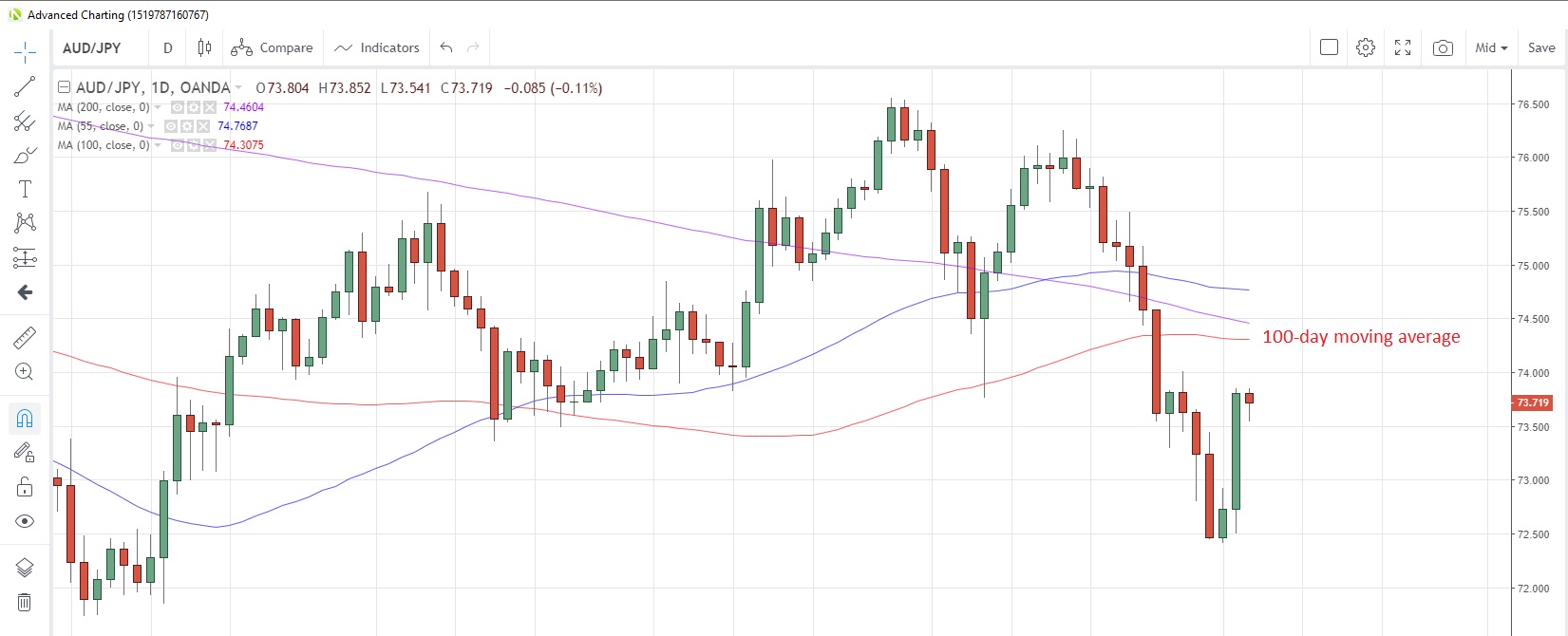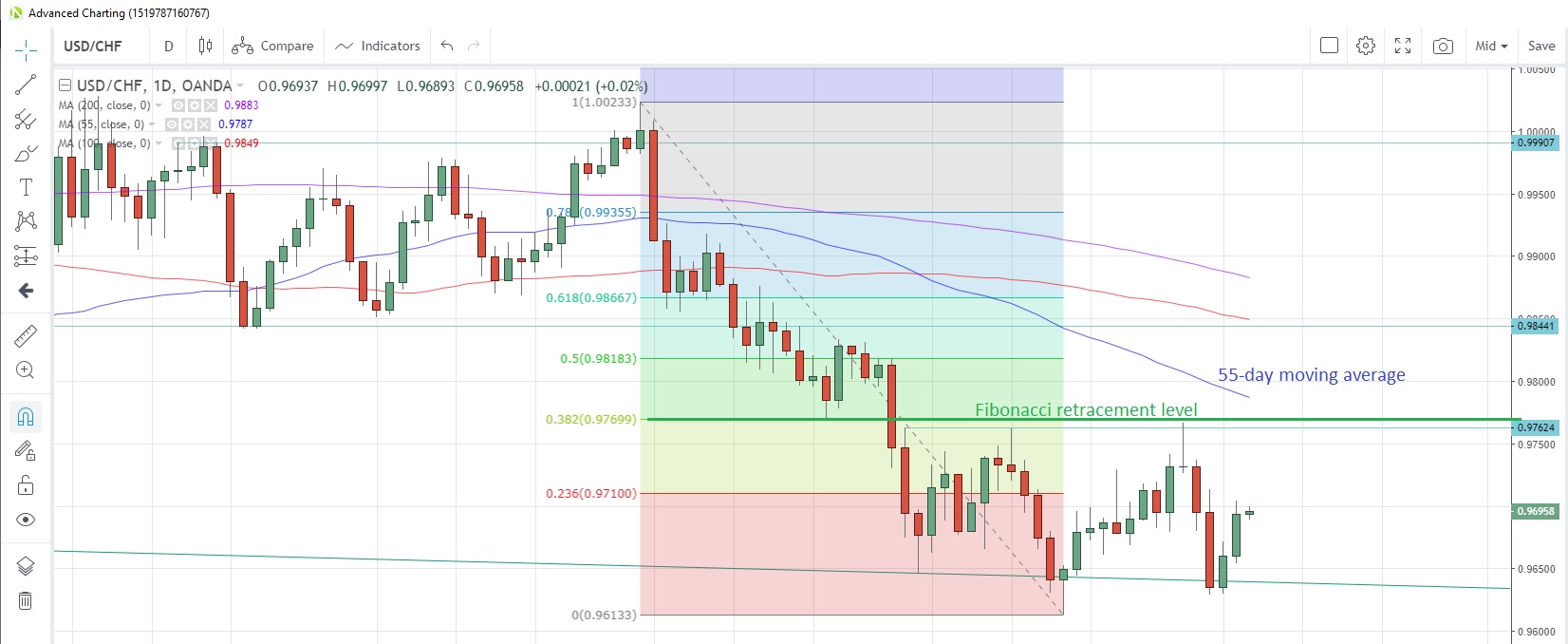
NZD/USD tests 200-day moving average
New Zealand released quarterly employment numbers late yesterday and saw unemployment dipping to 4.0% in the fourth quarter, down from 4.1% in the previous one and beating expectations of a worsening to 4.2%. The improvement could partly be explained by a drop in the participation rate to 70.1% from 70.4%.
The New Zealand dollar embraced the improvement in the data and has rose to the highest level versus the U.S dollar so far this week. NZD/USD advanced above the 0.65 handle for the first time in three days yesterday, hitting an intra-day high of 0.6503. The 200-day moving average at 0.6506 remains untouched so far this time round.
RBA’s Lowe sits on the fence
RBA Governor Lowe sent mixed messages on the path of Australian interest rates during a speech today. On the one hand he said there was room to cut rates if necessary, but then cautioned that the Bank was close to “crossing point” where rate cuts become a risk. He expressed a desire that rates wouldn’t need to be cut and is hoping for a period of rate stability.
On the economy, he doubted that Q1 growth would contract due to the coronavirus and the only risk is if the virus is not contained. Q1 growth could take a 0.2% hit due to the wildfires but it is not expected to affect the full year’s data.
Australian yields perked up after the speech with the 3-year yield rising 10 bps to 0.71% while the 10-year yield climbed above the 1% mark for the first time in five days.

The Australian dollar failed to gain any upward momentum from the higher yields, instead falling 0.05% to 0.6735 versus the U.S. dollar. AUD/JPY slid 0.11% to 73.706. The 100-day moving average is above at 74.308.

SNB hints at rate cut?
Swiss National Bank chief Jordan has said that the Swiss franc is “highly valued” (does that mean overvalued?) but added that the central bank has no intention of weakening the local currency to gain an advantage. He did say that there was scope to cut rates further.
The next policy meeting of the SNB is not until March 19 and the benchmark rate is currently at -0.75%.
The Swiss franc has been on a weakening path against the U.S. dollar for the past three days, with USD/CHF rebounding strongly from near three-week lows. The next technical resistance points could be the 38.2% Fibonacci retracement of the November-January drop at 0.9770 while the 55-day moving average is at 0.9787.
Trump says tariff war worked
In his State of the Union broadcast, U.S. President Trump said his tariff strategy against China had worked, saying that companies are seen returning to the U.S.. He urged bipartisan legislation to cut drug prices while price transparency would reduce healthcare costs. There was no reference to impeachment proceedings.
Services PMIs on tap
Today it’s the turn of the service sector reports on the purchasing managers’ indices. Germany, the Eurozone and the UK all release final readings in Europe and preliminary estimates were 54.2, 52.2 and 52.9, respectively. Similar data from Markit and ISM feature in the U.S. calendar with 53.2 and 55.0 readings, respectively.
Central bank speeches come from ECB’s De Guindos, Lane and Lagarde, the Fed’s Brainard and the Bank of Canada’s Wilkins.
